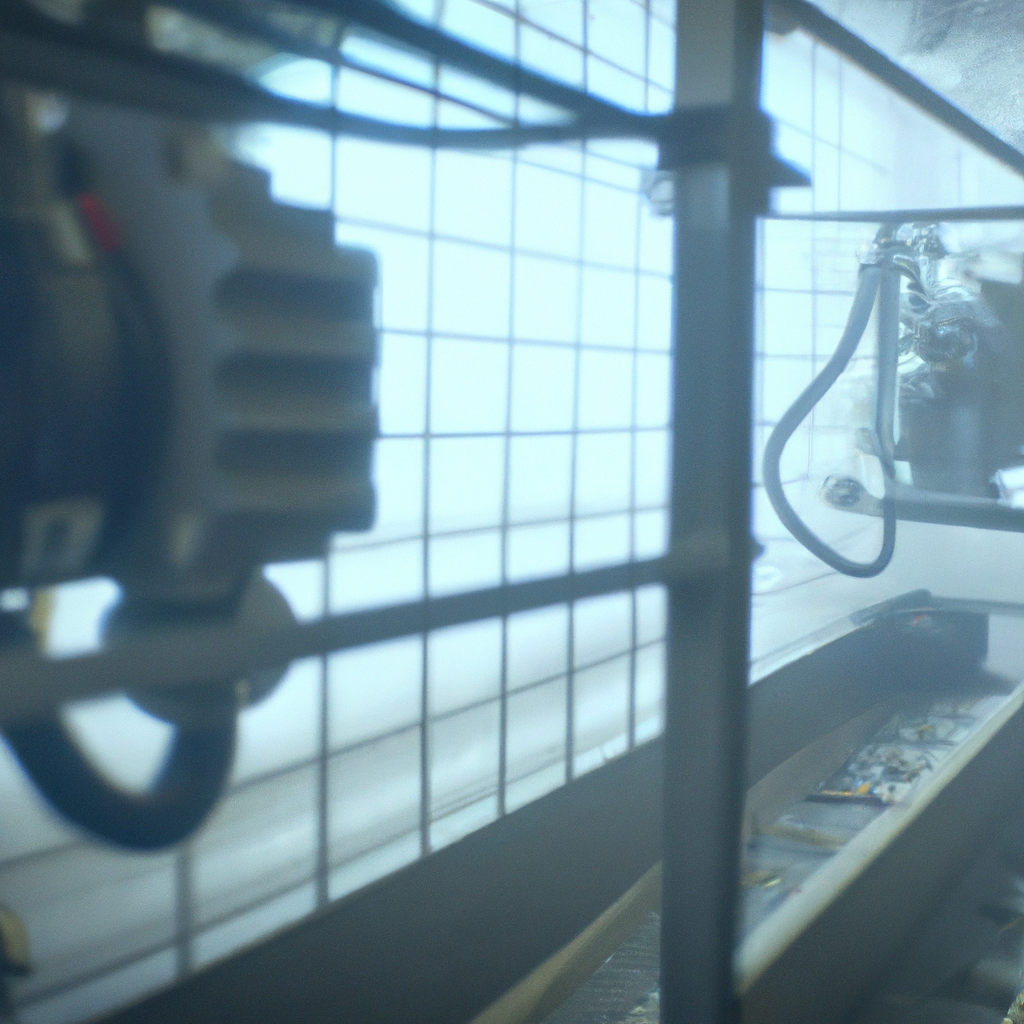Electricity is an essential part of our lives, powering everything from lights to appliances. But have you ever wondered how electricity is produced in the first place? One of the primary ways electricity is generated is through the use of generators. In this article, we will explore the working principle of generators, their components, and the different types of generators used in power generation.
Generator Working Principle
A generator is a device that converts mechanical energy into electrical energy. The principle behind the working of a generator is based on Faraday’s law of electromagnetic induction. According to this law, when a conductor is moved through a magnetic field, an electric current is induced in the conductor. This is the basic principle behind all generators.
Generator Mechanism
The mechanism of a generator consists of three main components: the rotor, stator, and exciter. The rotor is the rotating part of the generator that contains the magnetic field. The stator is the stationary part of the generator that contains the conductors. The exciter is a small generator that supplies the initial electrical energy to the rotor.
When the rotor rotates, the magnetic field it contains moves past the conductors in the stator. This movement of the magnetic field induces an electric current in the conductors. The induced current flows through the stator windings and is collected by the output leads of the generator.
Generator Components
A generator consists of several components, including the rotor, stator, exciter, and prime mover. The prime mover is the device that provides the mechanical energy to rotate the rotor. The most common prime movers used in generators are steam turbines, gas turbines, diesel engines, and water turbines.
The rotor of a generator is typically made up of several electromagnets. These electromagnets are arranged in a circular manner around the shaft of the rotor. The stator, on the other hand, is made up of several coils of wire. These coils are arranged in a circular manner around the rotor, with a small air gap between the rotor and the stator.
Generator Types
There are several types of generators used in power generation, including AC generators, DC generators, and synchronous generators.
AC generators produce alternating current, which can be easily transmitted over long distances. These generators are commonly used in power plants and other industrial applications.
DC generators produce direct current, which is commonly used in batteries and other electronic devices. These generators are typically smaller than AC generators and are used in cars, boats, and other small applications.
Synchronous generators are a type of AC generator that produces a constant frequency. These generators are commonly used in power plants and other large-scale applications.
Conclusion
Generators play a crucial role in producing electricity. By converting mechanical energy into electrical energy, generators power everything from lights to appliances. Understanding the working principle, mechanism, and components of generators is essential to understanding how electricity is produced. With the different types of generators available, it is important to choose the right generator for the specific application to ensure efficient and reliable power generation.







